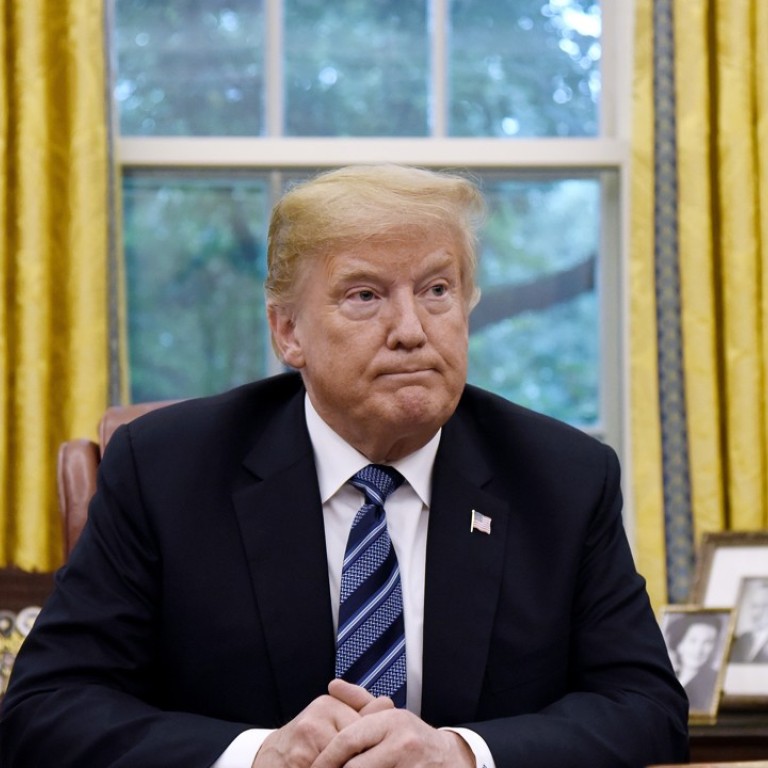
Answers to trade war questions must come from negotiating table
As the US proposes new talks with China on one hand and announces further tariffs on the other, Beijing must weigh up its next move and avoid potentially dangerous conflicts
Meetings between parties to a dispute are supposed to at least set the stage for narrowing differences, not widening them. That is what sets the US proposal for more talks with China over their trade war apart. US President Donald Trump has escalated the dispute in advance by announcing new tariffs on U$200 billion worth of Chinese products. Far from demonstrating goodwill, this is bound to be seen as a gun being held to China’s head. It is no surprise that a government source says China is reviewing tentative plans to send a delegation led by President Xi Jinping’s top economic adviser to Washington next week.
The reality that there are no winners from trade wars has not proved incentive enough for common sense to prevail. Trump continues to confound conventional assumptions that have played a part in China’s strategy. This should serve to alert Beijing that there is a need to better understand the dynamics, such as his conviction he is doing the right thing for America. One assumption is that he is driven by the need for a favourable deal ahead of the November US midterm elections. A poll win may indeed be seen as vindicating his hard line, but it cannot be ruled out that a loss may be seen as justifying an even tougher approach. So it may be misguided to put faith in an election theory, as Beijing may have done, or for that matter a domestic backlash over the economic fallout from the trade war, rather than deeper understanding of the politics and personalities involved on the US side and the need to adjust strategy.
China’s astonishing growth has created the illusion that its huge domestic market can carry it through adverse economic circumstances. That is to discount challenges ahead that are bigger than just a trade war, such as reform to enhance the role of a private sector that drives growth and job creation, and transition to a more consumer-led economy to reduce dependence on exports.
This raises the question of what China can and should do beyond retaliatory action and what concessions it might make. It can only be answered at the negotiating table. Tariffs are negotiable. It is when it comes to technological development and opening up of the economy that the two sides are deeply conflicted. China’s leaders cannot be seen to bow to the United States and maintain the legitimacy of their rule. Under the “Made in China 2025” plan to break reliance on foreign technology, market access and dominant target quotas for Chinese companies in particular industries are key concerns for countries that run more open economies. In particular the government’s role, whether through subsidy, discrimination or forced technology transfers, troubles the US. Given such a political divide, only dialogue may contain potentially dangerous conflicts.

